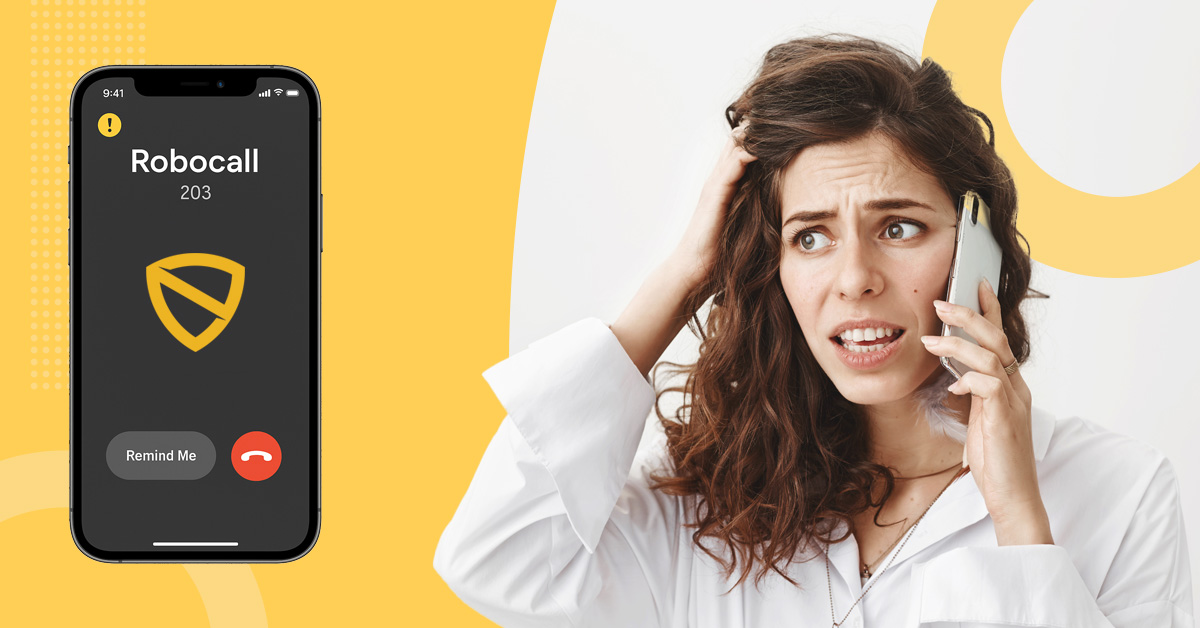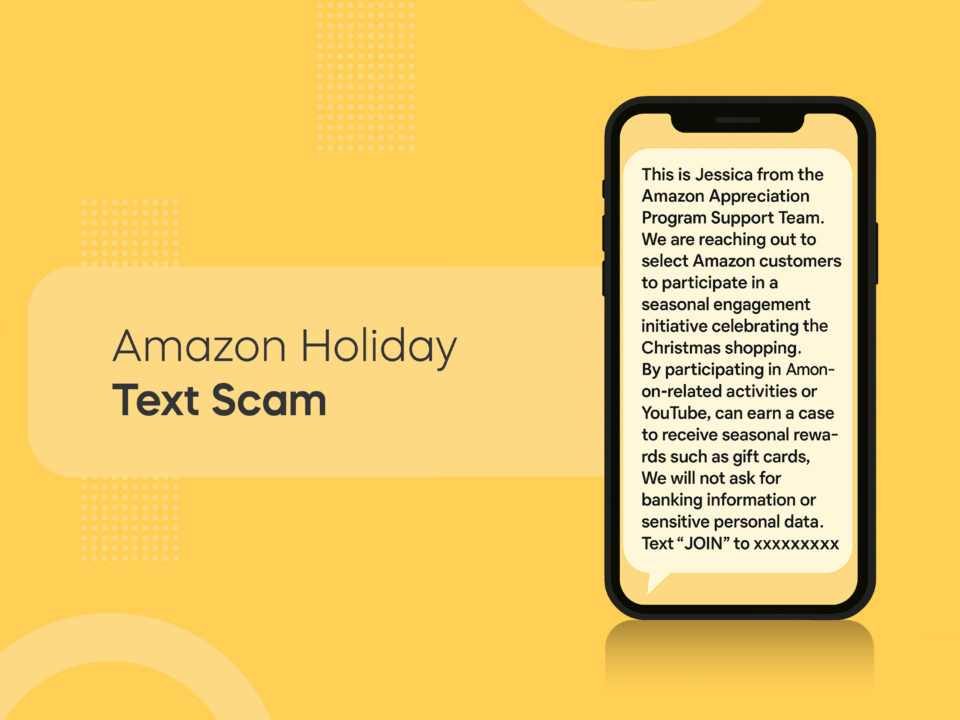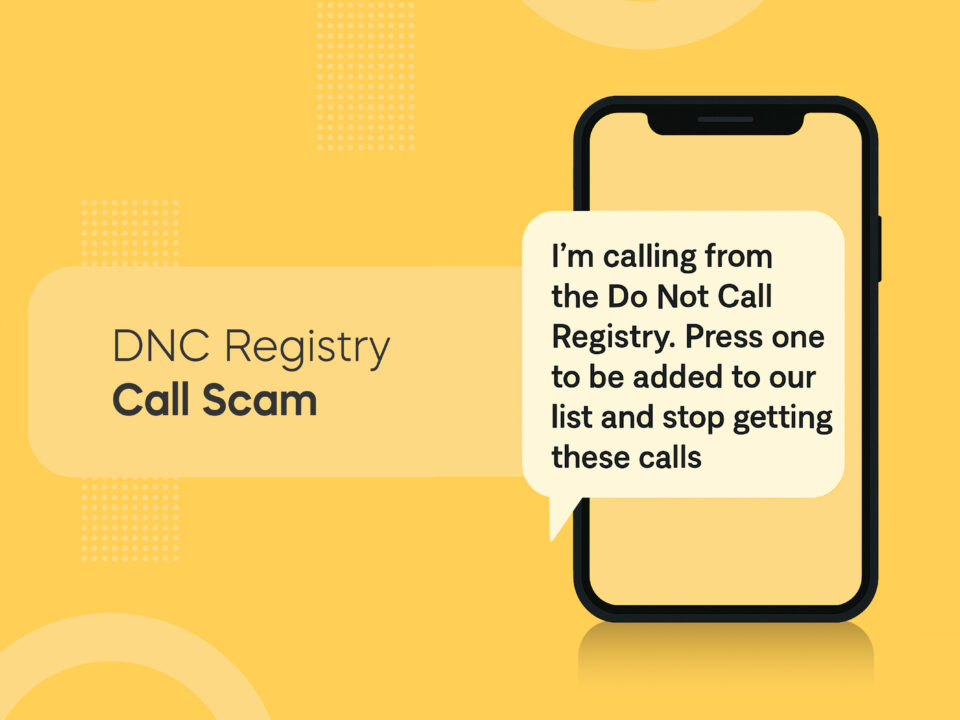
Robocalls: How California fights back
November 2, 2025
Pros & Cons of Carrier – Based Robocall Solutions
November 8, 2025Area Code Spoofing Up 50% in 2025 - According to Nomorobo
If you’ve ever answered a call that “looked local” only to find it was spam — you’ve been targeted by area code spoofing.
And it’s getting worse.
What Is Area Code Spoofing?
Area code spoofing happens when scammers manipulate Caller ID to make a number appear local — usually sharing your same area code — to trick you into answering.
You may have heard this referred to as “neighbor spoofing.” While the two terms are often used interchangeably, neighbor spoofing typically means both the area code and prefix match your number. In this case, Nomorobo’s study focuses on the broader and increasingly common tactic of area code spoofing.
And it’s skyrocketing.
In the first nine months of 2025, 74% of all robocalls detected by Nomorobo’s Honeypot tracking system used fake local area codes — up nearly 50% compared to 2024.
That means three out of every four scam calls this year were pretending to be from “your neighborhood.”

How Big Is the Problem?
In just the past five years, Nomorobo’s Honeypot — a digital tracking system that captures and analyzes millions of robocalls — has identified nearly 200 million area code–spoofed calls.
That translates to billions of fake local calls made to consumers nationwide.
Matt Mizenko, Nomorobo’s General Manager, put it bluntly:
“The practice of illegal spoofing has reached epidemic proportions. Until regulators can figure out how to stop these practices, consumers simply cannot rely on Caller ID to determine who is calling.”
Real Examples of Spoofed Robocalls
Here’s a snapshot from Nomorobo’s Honeypot system showing spoofed calls collected in October 2025.
Notice how the “from” and “to” numbers share the same area code:
| From # | To # | Call Transcript |
|---|---|---|
| 12053963355 | 12053814017 | Hello? Hey, this is Sophia from xxxxx Advisors. With the 2026 Medicare annual enrollment now open, and Americans are facing higher premiums, fewer benefits and updated rules, just to confirm, do you currently have both Medicare Part A and Part B? |
| 12086708353 | 12089227512 | Ben Michael Sargent on a recorded line calling for the National Police xxxx. Hope you're staying out of trouble over there. Could you help out with our smaller $20 pledge? No? I get it. How about this—I'll just make the pledge card for $15. That way, if you wanted to help out with more, you always can. Okay? Oh. Huh? |
| 18632379047 | 18633131425 | Good morning, this is Nicole with Consumer Services. I'm calling because our records show you've been making payments on your credit cards on time, so you may qualify for a program that can cut your total debt by up to 40% and eliminate interest entirely. Your monthly payments could be reduced by almost half while saving thousands of dollars. |
| 14696474154 | 14695670882 | Hello, this is Alice. How are you doing today? We have been trying to reach you concerning your car’s extended warranty. You should have received something in the mail about it. Since we haven’t gotten a response, we’re giving you a final courtesy call before we close your file. |
Each call used a spoofed “from” number that matched the recipient’s area code - increasing the odds the person would pick up.
MothBalled numbers
Another infuriating practice robocallers employ is to purchase millions of mothballed phone numbers - so-called Direct Inward Dial numbers - and program them into their calling campaigns. This makes it easier to execute area-code spoofing, but it also makes it more difficult for consumers to know who is calling and for law enforcement to apprehend the operators behind these illegal campaigns. Nomorobo estimates that as much as 80-90 percent of the robocalls coming into their honeypot tracking system are different numbers, even when the content of the message is the same and is sent on the same day. See the Table below for an example.
| Date | From # | Call Transcript |
|---|---|---|
| 10.27.2025 | 17408378153 | Dear customer, thank you for shopping with Amazon. Your purchase of the Lenovo gaming computer will be delivered tomorrow. A total amount of $1,975 will be debited from your bank account for the purchase. |
| 10.27.2025 | 12816749916 | Dear customer, thank you for shopping with Amazon. Your purchase of the Lenovo gaming computer will be delivered tomorrow. A total amount of $1,975 will be debited from your bank account for the purchase. |
| 10.27.2025 | 19313475732 | Dear customer, thank you for shopping with Amazon. Your purchase of the Lenovo gaming computer will be delivered tomorrow. A total amount of $1,975 will be debited from your bank account for the purchase. |
| 10.27.2025 | 18052961326 | Dear customer, thank you for shopping with Amazon. Your purchase of the Lenovo gaming computer will be delivered tomorrow. A total amount of $1,975 will be debited from your bank account for the purchase. |
| 10.27.2025 | 13479176407 | Dear customer, thank you for shopping with Amazon. Your purchase of the Lenovo gaming computer will be delivered tomorrow. A total amount of $1,975 will be debited from your bank account for the purchase. |
Why Spoofing Works
Because it looks familiar.
When you see a number that starts with your area code, you instinctively assume it’s someone nearby — a neighbor, local business, or doctor’s office. Scammers exploit that trust.
Nomorobo’s data shows that spoofed local calls have much higher answer rates than toll-free or unknown numbers.
And once you pick up, you’re far more likely to get hooked into a scam or telemarketing pitch.
The Legal Side: What’s Being Violated
Area code spoofing isn’t just irritating — it’s illegal.
These calls often violate:
-
The Telemarketing Sales Rule, which requires consumers to have the ability to call back and opt out.
-
The Truth in Caller ID Act (2009), which bans the use of fake numbers to mislead or defraud consumers.
When victims try to call these spoofed numbers back, they often hear:
“Sorry, we are unable to complete your call at this time.”
That’s a telltale sign of a spoofed number — and a violation of federal law.
What You Can Do Right Now
Until regulators and carriers close the loopholes, here’s how to protect yourself from area code spoofing and other scam calls:
Don’t answer unknown numbers. Let them go to voicemail.
Never share personal information unless you initiated the call.
Add your number to the National Do Not Call Registry: ftc.gov/donotcall
Use Nomorobo Max. Automatically block scam and spam calls before they reach your phone.
Block Area Code Spoofing Before It Starts
Protecting yourself starts with awareness - and the right tools.
Nomorobo blocks smishing texts, robocalls, and scam attempts before they ever reach your phone.
Our technology identifies fraudulent patterns in real time, helping you avoid fake alerts like this area code spoofing and thousands of others targeting consumers every day.
Sign up today today and reclaim your peace of mind.





